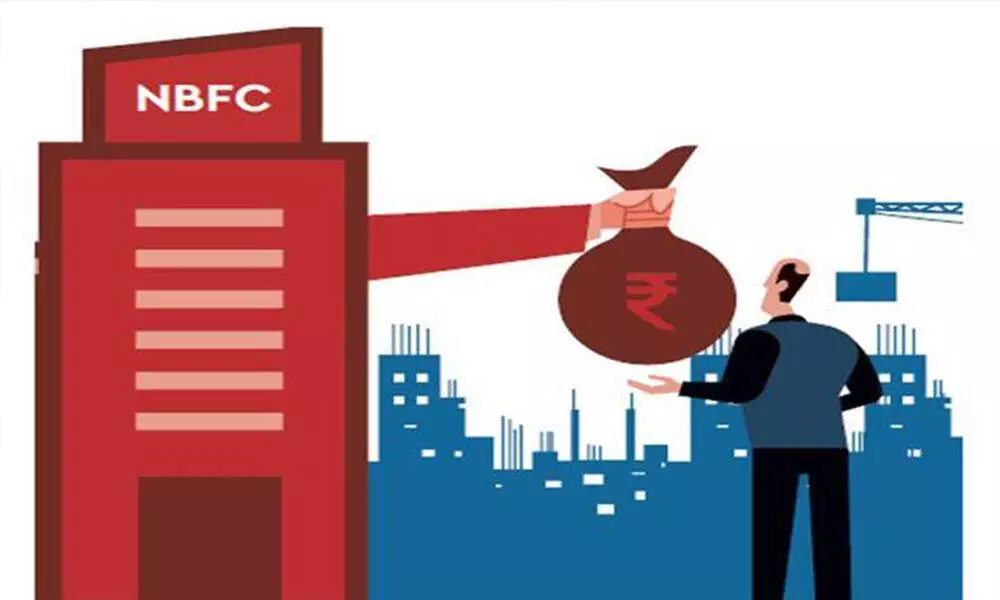NBFCs' AUM shrinks in Q1: Icra
The second wave of Covid has temporarily pushed back the revival of the sector
image for illustrative purpose

Mumbai: The asset under management (AUM) of the non-banking financial company (NBFC) segment declined in the first quarter of 2021-22 due to lower disbursements and portfolio rundown, according to a report.
After witnessing an uptick in Q3 and Q4 FY2021, disbursements for NBFCs and housing finance companies (HFCs) declined again in Q1 FY22, and was down by about 55 per cent on a sequential basis, Icra Ratings said in the report.
"Given this subdued disbursements and portfolio rundown in the absence of any moratorium like in Q1 FY2021, the (AUM) for NBFC-segment shrunk in Q1 FY2022, while the HFC AUM remained flat," the agency said. While the disbursements of the sector revived quite sharply in July 2021 on the back of the pent-up demand, sustainability of the same would depend on the broader macro-economic indicators, it added.
According to the agency's Vice President and Sector Head (financial sector ratings) Manushree Saggar, the second wave has temporarily pushed back the revival for the sector. Icra expects overall disbursements for FY2022 to be higher by about six- eight per cent on a year-on-year basis, on the back of the two consecutive years of year-on-year contraction, she said.
"From an AUM perspective, the sector is expected to grow at eight-ten per cent in FY2022. Growth would be driven by the improvement in demand from all key target segments vis-a-vis FY2021, on the back of a low base," Saggar said.
The asset quality for the non-banks entities weakened quite sharply in Q1 FY2022 because of the localised lockdowns imposed by various States on account of the second wave of Covid-19 infections, which impacted the collection process of these entities, the agency said.
The headline asset quality numbers are expected to moderate, as the trend in the collection efficiencies (CE) continues to remain encouraging, it added.
The agency holds its expectation of a 50-100 basis points (bps) rise (net of recoveries and written offs) in the overdues in FY2022, assuming there are no further Covid-19 induced lockdowns.
"While asset quality pressures persist, the increase in the overall provisions, which currently is 1.7x the pre-Covid levels (Dec-19), provides some comfort. This would give the entities adequate leeway to technically write-off and clean up their balance sheets," Saggar said.
The NBFC sector's write-offs remained high in Q1 FY2022, she noted.
Given the uncertainties in the operating environment, write-offs are likely to remain high in FY2022 similar to the last fiscal (around 2.4 per cent of AUM for NBFCs and 0.3 per cent for HFCs), she said. NBFC credit costs spiked sharply in Q1 FY2022 as write-offs remained elevated and provisions went up because of the increase in the overdues, the agency said.
While HFC's NPA/Stage 3 also increased during the period, credit costs moderated vis-a-vis Q4 FY2021 as provisions did not go up sharply like the NBFCs and write-offs were negligible.
Consequently, net profits plunged during the quarter to the lowest level in the recent past. Saggar said assuming there are no further lockdowns, the earnings performance of NBFCs is expected to improve in the subsequent quarters, as credit costs would moderate with the reduction in overdues from June 2021 levels.

